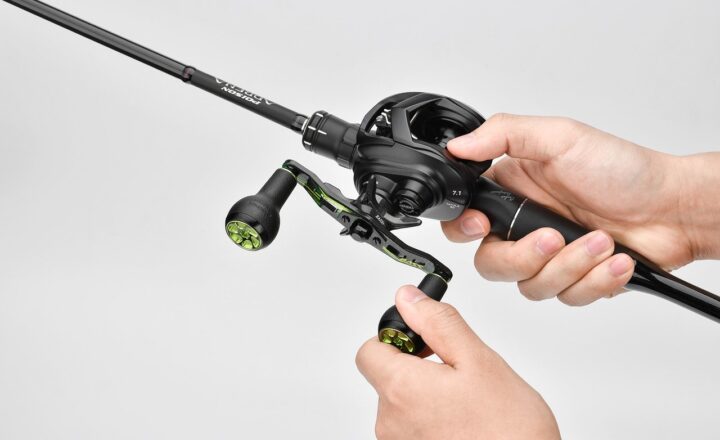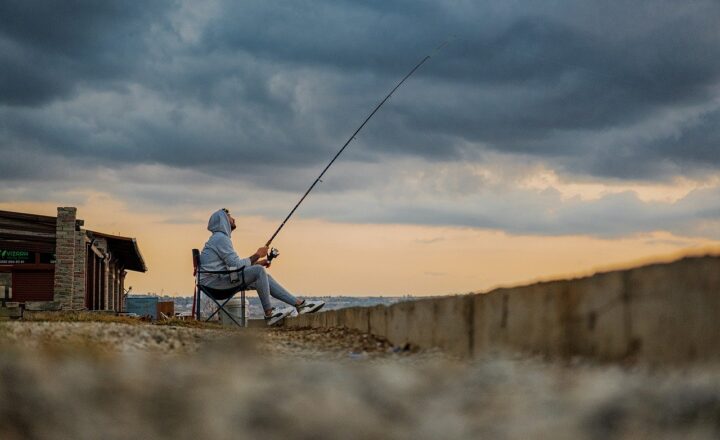Fishing Myths Debunked: Uncovering the Truth Behind Popular Fishing Techniques
November 18, 2024

Fishing is more than just a popular pastime; it’s a sport that brings together nature enthusiasts and adventure seekers alike. However, over the years, various myths have surfaced about fishing techniques that can mislead both novice and seasoned anglers. If you’ve ever wondered whether you’re using the best techniques or if the common advice you’ve heard is just a myth, you’re not alone. In this article, we will debunk some of the most prevalent fishing myths and reveal the truths that can enhance your fishing experience.
1. Myth: Fish Only Bite in the Early Morning or Late Evening
Many anglers believe that fishing is only productive at dawn or dusk. This myth arises from the idea that fish are more active feeding during these hours. While it is true that many species are more likely to feed during low light conditions, fish can (and do) feed throughout the day. Depending on the body of water, weather conditions, and the species of fish, mid-day can also yield productive fishing.
For example, during overcast days, fish may venture out of their hiding spots and actively hunt for food. Understanding patterns specific to the location and species is essential for maximizing your fishing efforts.
2. Myth: The Bigger the Bait, the Bigger the Fish
It’s commonly stated that using larger bait will attract bigger fish. While larger baits can indeed attract larger species, this is not a hard and fast rule. Fish have their own preferences, and sometimes a smaller bait can be more effective in enticing fish to bite.
For instance, during certain seasons or in specific locations, fish might prefer smaller, more natural-looking bait, such as smaller minnows or insects, that mimic their natural food sources. Being adaptable in size and type of bait based on the specific fishing conditions will likely yield better results than solely relying on the size principle.
3. Myth: All Fish Are Attracted to the Same Lures
Another prevalent myth is that one type of lure will work universally on all fish. This couldn’t be further from the truth. Different species are attracted to different types of lures and colors based on their feeding habits, the time of year, and their particular habitat.
For example, bass may prefer spinnerbaits during certain times of the year, while trout may be more inclined to bite on flies or jigs. Researching target species and adjusting tackle choices accordingly can make a significant difference in your success rate.
4. Myth: You Have to Keep Quiet to Catch Fish
Many anglers believe that making noise will scare fish away, leading to a quiet fishing atmosphere. While excessive noise may be disruptive, fish are also attuned to their surroundings and sounds from nature, including the chatter of other anglers. It’s important to note that certain local species are more tolerant of sound than others.
In reality, their behavior can be influenced by seasonal factors, water temperature, and feeding patterns. Instead of being overly concerned about silencing your conversations, focus on being aware of your surroundings, controlling your movements, and using effective fishing techniques.
5. Myth: Freshwater Fishing is Easier Than Saltwater Fishing
Many believe that freshwater fishing is significantly easier than saltwater fishing because of the tranquil and often smaller environments. In truth, each type of fishing comes with its own unique challenges. Saltwater fishing exposes anglers to varying tides, wind conditions, and often larger and more aggressive fish species.
Freshwater fishing, on the other hand, may require knowledge of specific ecosystems and fish behavior, often leading to an equally challenging experience. Understanding both ecosystems will give you a broader perspective and enhance your skills as an angler.
6. Myth: Catch and Release is Not Practical
Some anglers believe that catch and release is pointless since it does not contribute to the consumption of fish. However, the practice is essential for conserving fish populations and maintaining healthy ecosystems. Many species are sensitive to overfishing, and catch and release serves as a way to support sustainable fishing practices.
In fact, numerous studies have shown that fish can survive the release process if done correctly and can continue to thrive in their habitat. Advocating for conservation through responsible fishing methods ensures that our waters remain plentiful for future generations of anglers.
Conclusion
By debunking these fishing myths, you can enhance your fishing experience and improve your success on the water. Being informed and adaptable to changing conditions, species habits, and effective techniques are key to becoming a more skilled angler. Remember that fishing is not just about catching fish, but enjoying nature and the thrill of the journey. Equip yourself with knowledge, and let the serenity and challenges of fishing enrich your life.
Fishing is a blend of art, skill, and patience. Whether you’re a beginner or a seasoned pro, challenging the status quo and seeking the truth behind popular fishing techniques can lead to more enjoyable and fruitful fishing adventures.






